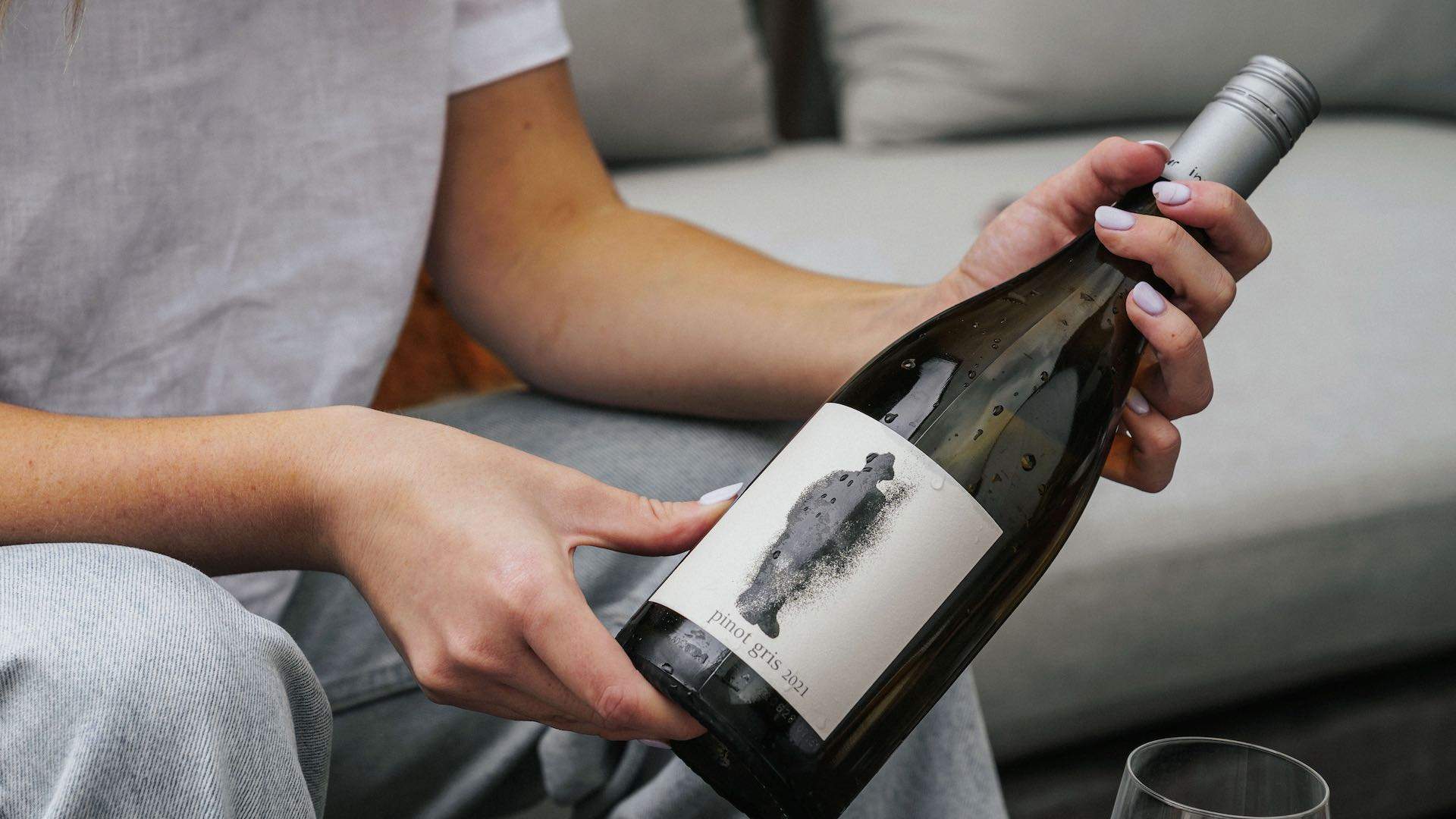
A No-Bullsh•t Guide to Choosing Wine
For the uninitiated, the wine world can seem a bit pretentious. But it doesn't need to be.
In fact, we reckon the gatekeeping that some wine fanatics do is a total snoozefest. In our opinion, this delicious drink should be understood and enjoyed by many — in a responsible way, of course.
Whether you consider yourself a wine whisperer or a grape noob, there’s always a thing or two you can learn from the experts that’ll help you discover delicious drops time and time again. We’ve teamed up with winemakers from Innocent Bystander and enlisted the help of superstar sommelier and wine educator Samantha Payne to help you cut through the smoke and mirrors of wine so you can spend less time reading labels and more time sipping tasty vino.
Wine
Four things to keep in mind
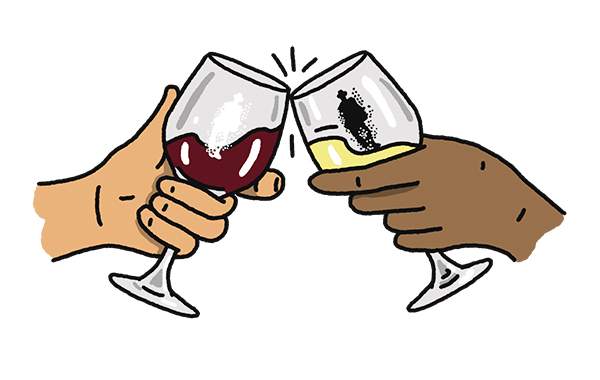
Where you are imbibing is just as important as what you’re swirling in your glass – your best mate’s birthday and bubbles are a classic match (just like you two).
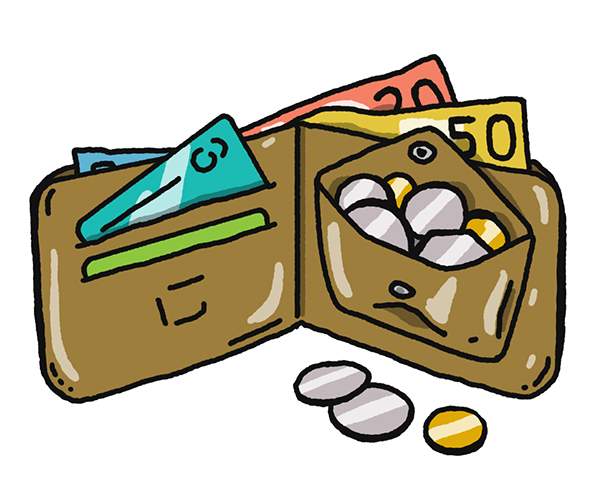
It has never been a more exciting time to go down to your local bottle-o with a lobster ($20) but there are some grape varieties that literally cost more to make and so that is reflected in the price.

New World, Old World, wines from your backyard or further afield — each has its own styles, characteristics and merits.
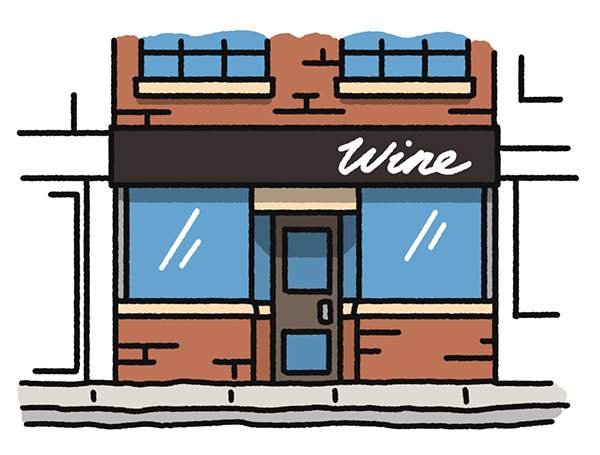
If in doubt, ask the expert — your friendly neighbourhood wine shop worker or sommelier should know their offering better than anyone and are more than happy to point you in the right direction.
THE PARTY
There’s a phenomenon called the ‘cellar door effect’ in the wine world, which occurs when you’re tasting wine at the cellar door and enjoy it so much you buy some to take home. But when you open it to drink at home, it doesn’t seem quite as delicious as when you were drinking it at the cellar door. The ‘cellar door effect’ is a perfect example of situational drinking and just how much where and when you’re imbibing affects your experience of the wine.
So consider this when choosing a wine. Are you heading to a mate’s barbecue? Sparkling wine like a prosecco is an easy crowd-pleaser and will go with most things, from snacks to dessert. Italian-themed Friday night dinner with friends? Opt for an Italian wine or an Aussie-made Italian wine to pair with those rich tomato-based dishes. What’s the weather situation? If it’s a crisp autumn night, maybe don’t bring a chilled riesling but a plush, darker fruited, medium-bodied nero d’avola instead — Innocent Bystander’s nero is rich in red berry fruits with just a hint of pepper spice. Let the wine add to and enhance your experience, not just be an afterthought.
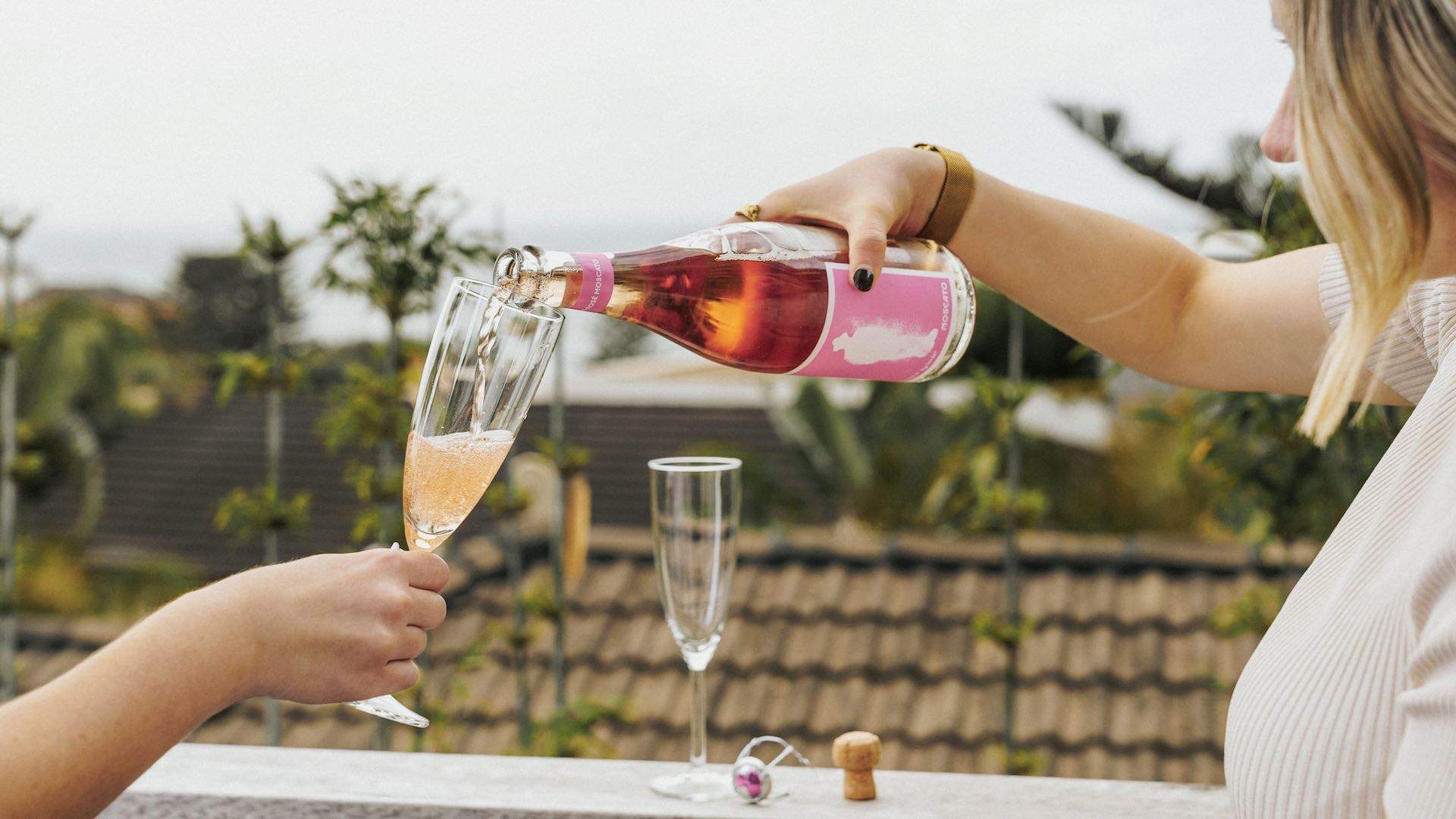
THE PRICE
A comedy sketch made the rounds a few years back called Second Cheapest Wine, based on the running joke that the second cheapest wine on a wine list or shelf was always the best option — neither overpriced nor the cheapest available. It’s the wine version of Goldilocks.
While price is a factor, it’s not generally the most accurate indicator of quality, especially when considering big brands with massive marketing budgets. So how do you find a quality drop without stretching the budget? Look for family-owned or local wineries, to start. Some of the more expensive brands will create what’s known as a ‘second label’ to produce more affordable wines from their estate. With export prices and inflation rising, there’s never been a more appealing time to drink locally, and most Australian wines are incredibly well-priced. Also, look for lesser-known wine regions to pick up often overlooked wine bargains.
Do keep in mind that some grape varieties are grown at a premium globally — simply because of the time/effort/quality — and this will reflect in the price. Sparkling wine, chardonnay and pinot noir, for example, will always be top-tier for the more quality drops because of how labour-intensive they are to make.
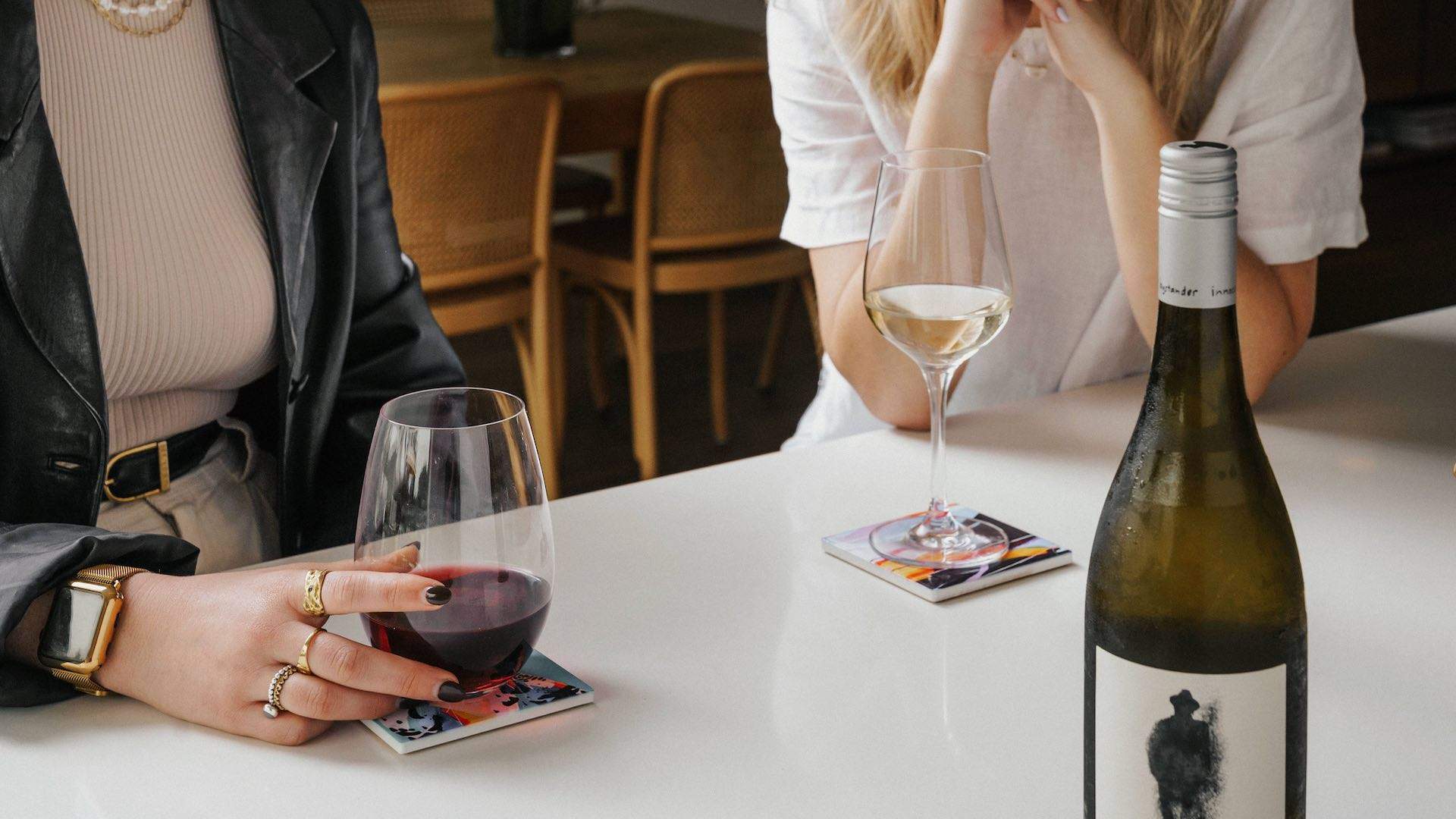
THE PLACE
There’s a whole world of wine out there to enjoy, which can be both exciting and daunting. In Australia alone we have 65 distinct wine-growing regions (or GIs) with over 100 different grape varieties planted, creating a plethora of choices before we even begin looking further afield to Old World wine regions such as Champagne and Burgundy in France, or Veneto and Barolo in Italy.
A simple Google search can tell you what grape variety a particular country (or region) specialises in. But it would be too simplistic to say that X region is known for Y wine — the wild adventure that is wine shows us that even the most unlikely of places can produce incredible wines.
However, don’t fret. There are three easy generalisations to make that will lead you in the right direction:
1. The best sparkling wine is generally produced in cooler regions in Australia (think Tasmania, Adelaide Hills, Macedon Ranges and King Valley) to capture the freshness in the grapes. Overseas you can’t go wrong with the spiritual homes of sparkling wine: Champagne in France and Valdobbiadene in Italy.
2. In Old World winemaking countries such as Italy, France and Germany, there are government designations of quality. Look for the terms DOC and DOCG on Italian wines, AOC, Grand Cru or Premier Cru on French wines and VDP in Germany for assurance of quality and a stamp of approval.
3. If in doubt, shiraz (or syrah) is easily Australia’s national grape. It’s planted in almost every region across the country and while it may change in style from the Yarra Valley to Margaret River (and everywhere in between), there is no doubt of its outstanding quality. And Innocent Bystander’s award-winning syrah is as smooth and sensuous as they come.
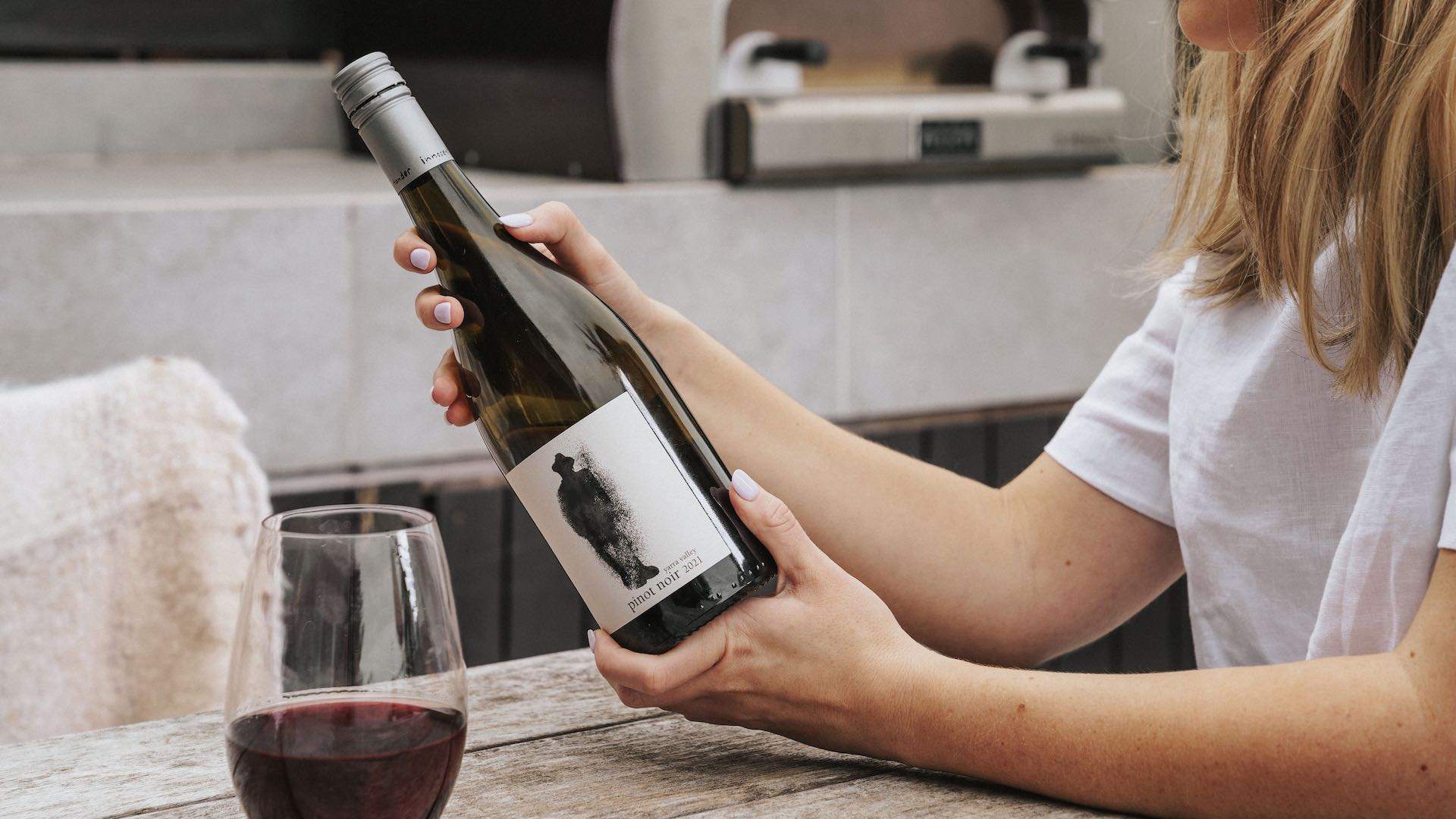
THE PROS
Some people spend their whole lives (and paycheques) immersing themselves in the world of wine. From the sommeliers who can blind taste wines and tell you their point of origin to your local bottle shop with a carefully curated selection by the owner, wine pros love to share their knowledge and help you find the next drop you’re going to love (most consider it a point of pride).
Social media has also become an incredible tool for people to have access to winemakers and see what they’re drinking (usually it’s not even their own wine) and ask questions about how their wine is made and if you’ll like it.
But if you still get overwhelmed, ask yourself the three golden questions: do you want a red or white (or even rosé)? Something lighter in style or more full-bodied? And lastly, a fruit-driven or savoury style of wine? Those three questions will knock out 75% of any wine offering on a wine list or shop shelf and you’ll have a smaller pool of choices.
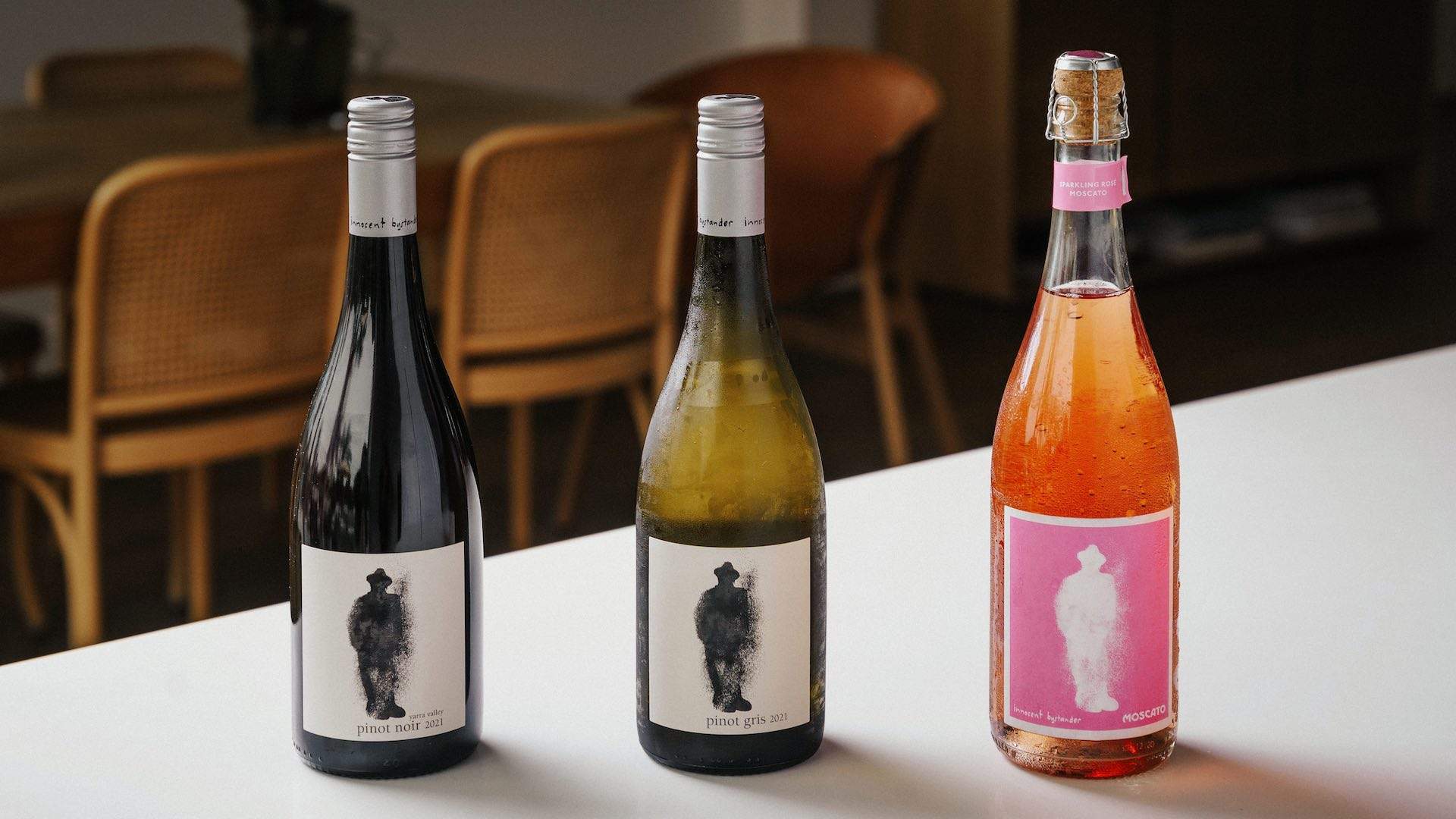
Looking for your next great wine? Head to the Innocent Bystander website.
Illustrations: Barry Patenaude.
Images: Declan Blackall.